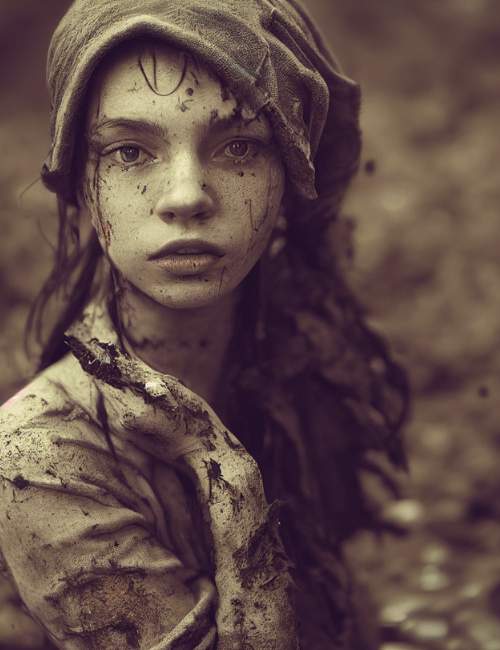Introduction
The rapid advancements of AI image generation tools such as DALL-E, Midjourney, and Stable Diffusion have garnered a pretty significant amount of attention recently and raised questions about the potential infringement of artists' copyrights.
In this article, I'll cover recent lawsuits and the evolving landscape of copyright law in the context of AI-generated art in the US, as well as the current stance on authorship in AI-generated art
Note: the AI landscape is changing rapidly, I'll present some of the most popular cases regarding AI art and delve into them. However, I cannot predict what will happen in the future (yet, sadly). The stance of how copyright is handled in regard to AI Art in the US also seems to have somewhat of a case by case outcome for the time being.
"In twenty years, AI will be as influential as the Internet has been." - Sam Altman, Former President of Y Combinator, CEO of OpenAI. (Source: New York Times)
I. The Legal Landscape on AI art's dataset
AI image generators can conjure unique images by incorporating elements from vast libraries of digitally available images and artwork. However, this practice raises concerns about potential copyright infringement of the artists whose works are used as input. Two recent example lawsuits have brought this question to the forefront are:
- Getty Images vs. Stability AI: Getty Images initiated legal proceedings against Stability AI, alleging that the company had copied over 12 million of its images and ignored viable licensing options in pursuit of training Stability AI. Getty's images are particularly useful in comparison to other sources for Stability AI due to the high quality and metadata provided on Getty images.
- AI Art Class Action Lawsuit: A class action lawsuit filed in a United States federal court in San Francisco by three visual artists on behalf of the visual arts community names Stability AI, Midjourney, and DeviantArt as defendants. The plaintiffs argue that AI image generators violate the rights of millions of artists by using their work without credit or compensation.
These lawsuits are indicative of the growing tension between AI-generated art and traditional copyright protections. At the time of publishing this article, they are still in process and the outcomes of these cases could have a significant impact on the future of AI art.
II. The Role of Human Authorship in Copyright Law
A key issue in AI-generated art is the requirement of human authorship for copyright protection. The United States Copyright Office (USCO) has consistently rejected copyright requests for AI-generated works, stating that they lack the required human authorship for copyright protection.
In the case of Stephen Thaler's "Creativity Machine" algorithm, the USCO reaffirmed that human authorship is a prerequisite for copyright protection. Thaler's attorney argued that providing protection to AI-generated works is vital to promoting socially valuable content and is required under existing legal frameworks. However, the USCO has remained steadfast in its adherence to the human authorship requirement.
III. The Partial Victory of "Zarya of the Dawn"
In a recent development, the USCO granted limited copyright protection to the AI-assisted graphic novel "Zarya of the Dawn." While protection was granted for the text and arrangement of images, the individual images generated using MidJourney were denied protection. The decision has been seen as a partial victory, and the creators' team plans to continue advocating for expanded copyright protection for AI-assisted creative works.
The "Zarya of the Dawn" case raises questions about the level of human control necessary for generative AI art to receive copyright protection. As generative AI platforms proliferate, the availability of copyright protection could become a competitive advantage if a legal standard can be met.
IV. Additional Legal Challenges
Generative AI platforms face multiple legal challenges beyond the scope of copyright protection. First, the use of images to train generative AI without a license could potentially violate state and federal law. Second, these platforms may face secondary liability for any infringements resulting from the use of their tools.
Furthermore, while I have only focused on the United States in this article, legal and regulatory requirements vary across different jurisdictions, such as in the European Union. The outcome of these challenges will shape the future of AI-generated art and its interaction with copyright law.
Conclusion
The ongoing debate surrounding AI image generators and copyright law highlights the need for a comprehensive examination of the legal framework governing AI-generated art. As technology continues to evolve, copyright laws must adapt to accommodate the unique challenges presented by AI-assisted creative works. At this point, there is no set-in-stone solution for AI Art; therefore, I cannot provide a perfect solution. Let's see how this changes over the next few months.
Leave a Reply
What's your opinion on AI art and copyright?






